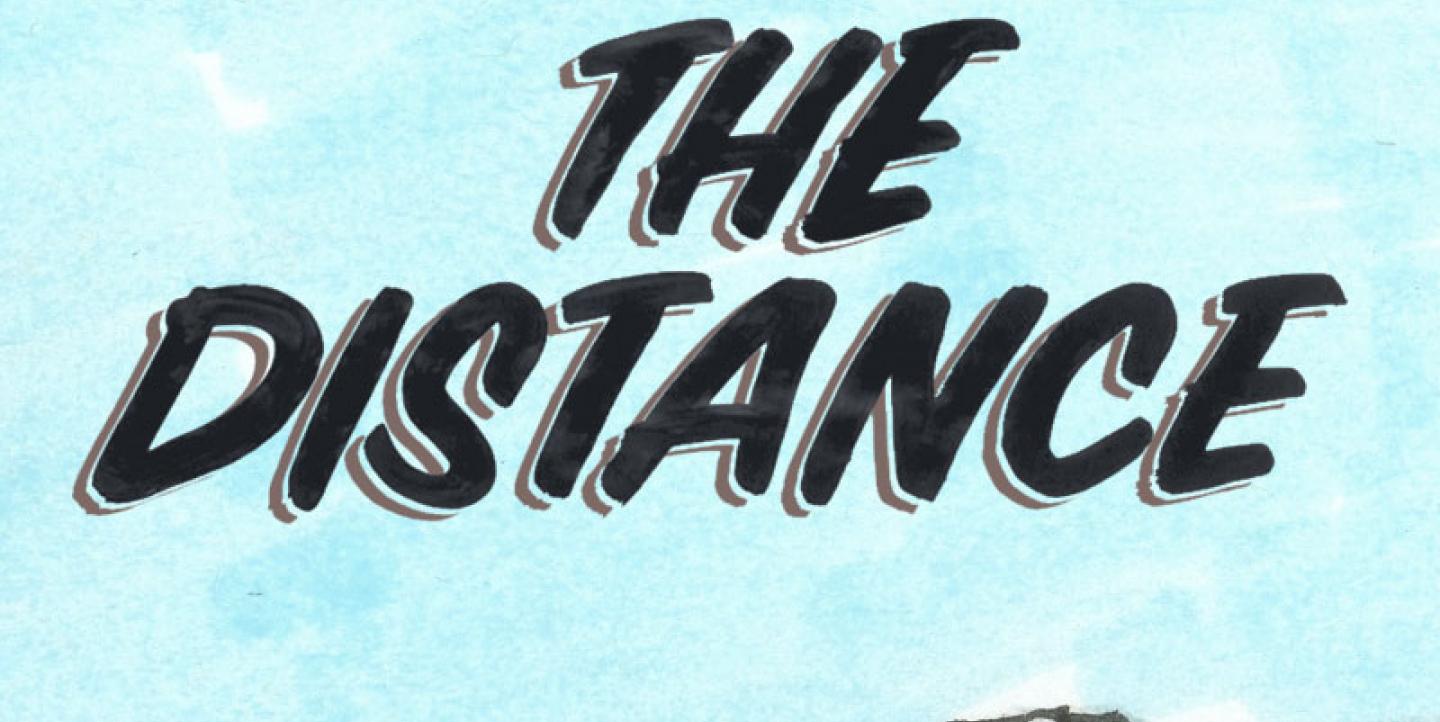Wailin Wong spent the better part of a decade on the Chicago Tribune’s business desk covering startups and consumer technology. She churned out copy at breakneck speeds and honed in on companies and trends considered hot, new and next.
Now, in her latest role, Wong produces far fewer stories. With each one she delves much deeper into companies that aren’t the most buzzed-about, but rather have stood the test of time, remaining sustainable and privately owned for at least 25 years.
Her beat is still business yet from a very different vantage point. Not only has what part of the business sector she covers changed, so has the organization for which she covers it.
The Distance, which Wong edits, is a publication from Basecamp, a successful startup that produces project management software. Basecamp financially backs The Distance and is Wong’s employer. However, as the site’s leader and main journalist, she sets the tone and has total editorial control.
Native advertising, branded publications and sponsored content have been debated for several years now, as advertising and journalism experiment with new ways to coexist. At this point, the range in quality and approaches to this type of content are about as diverse as the plethora of names used to describe this alternative business model.
There are branded articles that read like blatant advertisements for some type of product. There are company blogs with a bit more subtlety in their promotional aim. And then there are projects like The Distance, whose content is good enough to stand on its own. Yes, there’s a company behind it, not a traditional media entity. But that feels almost coincidental, since the journalism produced rivals anything out there.
In the case of The Distance, Wong says she has never had any hesitation or qualms from an ethical standpoint, since she was repeatedly promised editorial independence. And actually she says working for a startup like Basecamp has some distinct advantages, such as having the time to more thoroughly report and taking advantage of the flexible company culture of Basecamp, where she’s not expected to sit at a desk from 9-5 daily.
“For me, it was a chance to get out of the daily news cycle. Covering breaking financial news can be a bit of a grind...and I loved the opportunity to be able to work on one story a month,” she says. “I wasn’t brought on to write the company blog or do something like that. I’m able to do journalism at a place with resources. That feels like a luxury.”
The Distance, from the get-go, was created to shine a spotlight on businesses that don’t usually get press -- yet perhaps should. Basecamp cofounder Jason Fried has a particular fondness for businesses that last and for things that are old and have a history.
As he explained in a bonus podcast episode recently, he ultimately wants Basecamp to thrive for decades -- unlike many startups that are content to make a big splash temporarily -- and thinks understanding how others have achieved this feat is a worthy, helpful endeavor. Plus Fried’s personal media diet was missing in-depth stories about the less-flashy, long-running businesses of that sort. So he thought, if it’s not being done by others, why not create it?
He and Wong first met when she interviewed him for the Tribune. They stayed in touch and, when Fried began mulling over the possibility of creating an entirely new publication, he reached back out to Wong to head it up.
Initially the stories on The Distance were told through longform articles coupled with attractive, colorful photos and drawings to break up the text. Wong is not bound by industry or business type so she seeks out companies to feature that are compelling, diverse and unique. For instance, she’s written about the world’s largest laundromat (which also has free pizza offers and live animals for customers to pet), a custom boat company and a tiki bar a few miles from Chicago’s O’Hare Airport that’s served tropical drinks for almost 50 years.
Then, a few months ago, when The Distance had hit its one-year mark, staff switched up the format to podcasts. The motivation was largely to cut costs and to be able to turn around profiles faster. Briefly Wong was trying to do both longform profiles and audio episodes. Then, she says, it came time to “pick a format and go all in.”
“We thought, ‘To grow the audience we probably need to produce more content and that it would be easier, from a resource perspective, to scale up with a podcast,’” Wong says.
Though the format has changed, The Distance's focus on unique companies has not. Recent episodes have introduced listeners to Chicago’s last-remaining food market and a florist shop started by an immigrant in the 1930s.
Wong’s goal now is to grow the audience and to keep reporting intriguing stories that would be hard to find elsewhere.
“I like companies where their stories contain something unexpected or what they’ve been through carries lessons,” she says, “whether it’s in an industry you’ve never thought about before or one that’s just taken for granted.”
Main image courtesy of The Distance.

